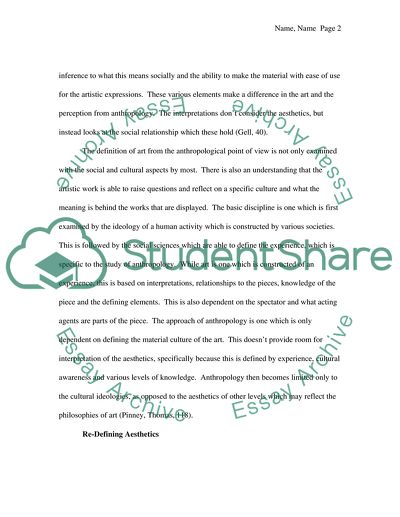Cite this document
(Can the Anthropology of Art Be the Same Thing as the Anthropology of Term Paper - 1, n.d.)
Can the Anthropology of Art Be the Same Thing as the Anthropology of Term Paper - 1. Retrieved from https://studentshare.org/culture/1751747-can-the-anthropology-of-art-be-the-same-thing-as-the-anthropology-of-aesthetics-you-must-base-your-essay-on-precise-ethnographic-examples
Can the Anthropology of Art Be the Same Thing as the Anthropology of Term Paper - 1. Retrieved from https://studentshare.org/culture/1751747-can-the-anthropology-of-art-be-the-same-thing-as-the-anthropology-of-aesthetics-you-must-base-your-essay-on-precise-ethnographic-examples
(Can the Anthropology of Art Be the Same Thing As the Anthropology of Term Paper - 1)
Can the Anthropology of Art Be the Same Thing As the Anthropology of Term Paper - 1. https://studentshare.org/culture/1751747-can-the-anthropology-of-art-be-the-same-thing-as-the-anthropology-of-aesthetics-you-must-base-your-essay-on-precise-ethnographic-examples.
Can the Anthropology of Art Be the Same Thing As the Anthropology of Term Paper - 1. https://studentshare.org/culture/1751747-can-the-anthropology-of-art-be-the-same-thing-as-the-anthropology-of-aesthetics-you-must-base-your-essay-on-precise-ethnographic-examples.
“Can the Anthropology of Art Be the Same Thing As the Anthropology of Term Paper - 1”, n.d. https://studentshare.org/culture/1751747-can-the-anthropology-of-art-be-the-same-thing-as-the-anthropology-of-aesthetics-you-must-base-your-essay-on-precise-ethnographic-examples.


